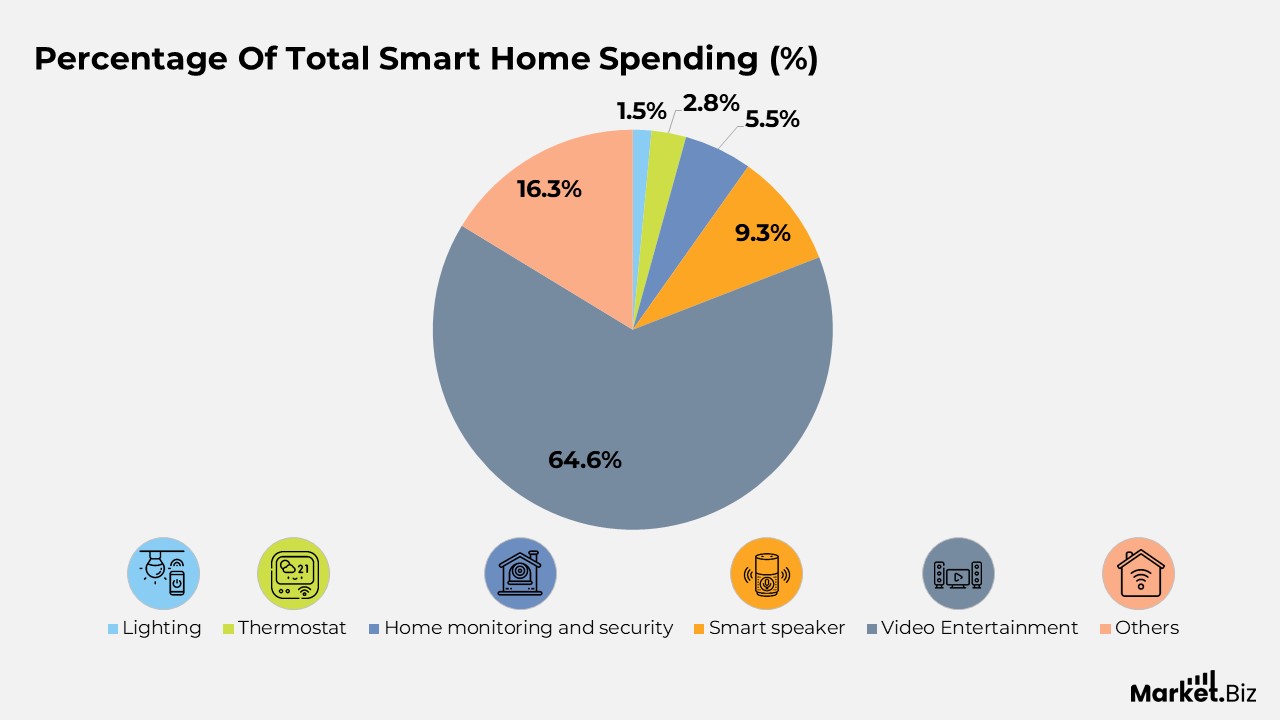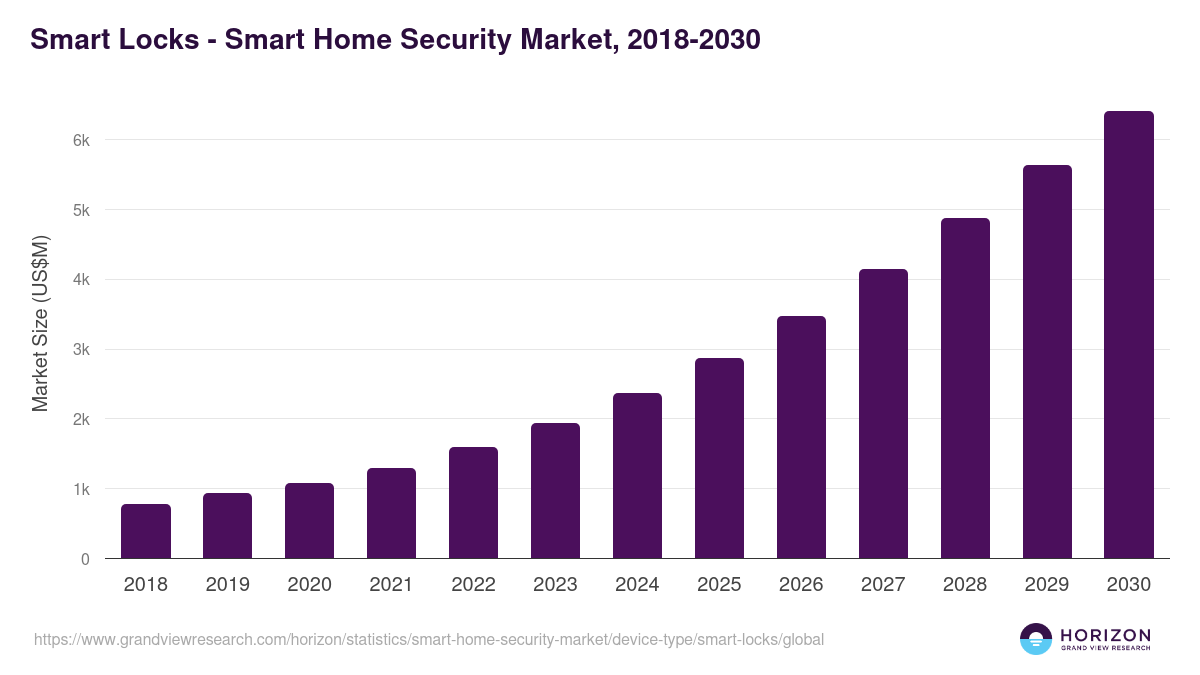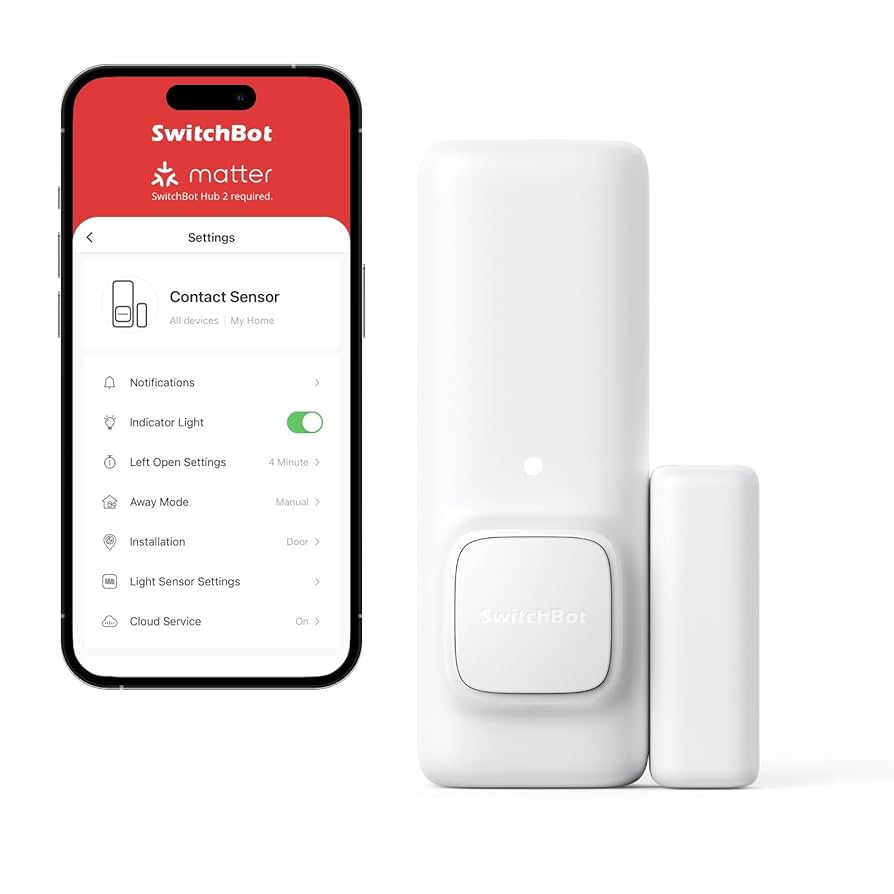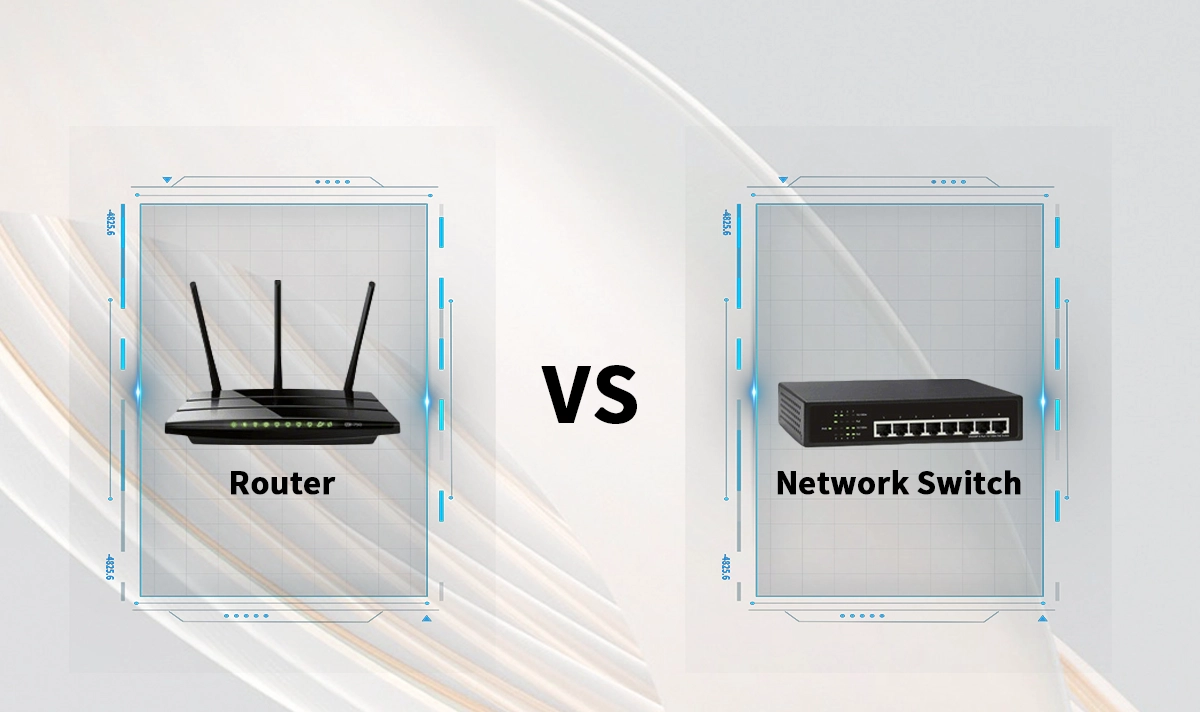Are you confident that your home is truly safe? Understanding home security statistics can change the way you protect your space.
These numbers reveal surprising facts about break-ins, thefts, and vulnerabilities you might not expect. By knowing what the data says, you can take smarter steps to keep your family and belongings secure. Keep reading to discover eye-opening insights that could make all the difference for your home’s safety.
Current Home Burglary Rates
Home burglary remains a concern for many households worldwide. Understanding the current rates helps people stay aware and prepared.
Recent data shows that home burglary rates have changed over time and differ depending on location. This information guides safety measures.
Trends Over The Past Decade
Over the last ten years, home burglary rates have generally decreased in many countries. Improved security systems and community efforts have helped lower these crimes.
Some areas saw small spikes, but the overall trend points to fewer break-ins. Technology like alarms and cameras plays a big role in this change.
- More homes use smart security devices
- Neighborhood watch programs increased
- Law enforcement focuses on burglary prevention
Regional Variations
Burglary rates vary widely depending on the region. Urban areas tend to have higher rates than rural locations.
Some regions face more challenges due to economic factors and population density. Local laws and police presence also affect burglary numbers.
| Region | Average Burglary Rate (per 1,000 homes) | Notes |
|---|---|---|
| Urban Centers | 8.5 | Higher due to dense population |
| Suburban Areas | 4.2 | Moderate rates with better security |
| Rural Areas | 2.1 | Lower rates, fewer targets |

Credit: guardianprotection.com
Common Targets In Burglaries
Burglars often look for easy ways to enter homes and find valuable items quickly. They focus on certain rooms and objects that offer the most reward.
Understanding which areas and valuables are most at risk can help homeowners improve their security and protect their belongings.
Rooms Most At Risk
Burglars usually target rooms with less visibility and easy access. These rooms often contain items that are easy to carry and sell.
The most common rooms burglars enter include bedrooms, living rooms, and home offices. These areas often have valuables in plain sight.
- Bedrooms: Jewelry, cash, and small electronics are often kept here.
- Living Rooms: TVs, gaming consoles, and remote controls are easy to grab.
- Home Offices: Laptops, important documents, and small gadgets are common targets.
- Garages: Tools and bicycles can be stolen quickly.
Valuables Often Stolen
Burglaries usually focus on items that can be sold fast or are valuable. Small and portable items are preferred because they are easy to carry.
Electronics, cash, and personal documents are the most common valuables taken during a burglary.
- Cash and credit cards
- Jewelry and watches
- Smartphones, laptops, and tablets
- Personal identification and important papers
- Small electronics like cameras and headphones
Timing Of Home Break-ins
Knowing when home break-ins happen helps you protect your house better. Criminals often choose certain days and times to break in.
Understanding these patterns can guide you to increase your home’s security at the right moments.
Most Vulnerable Days
Break-ins happen more often on some days than others. Weekends tend to be riskier because many people are away from home.
Thieves also target holidays when houses are empty for longer periods.
- Saturday and Sunday see the highest number of break-ins
- Public holidays have increased burglary rates
- Weekdays have fewer break-ins, but evenings are riskier
Peak Hours For Burglaries
Most break-ins occur during daylight hours when homes are empty. Thieves prefer mid-morning to mid-afternoon times.
Evening break-ins also happen but are less common. Knowing peak hours helps you watch your home closely.
- 10 AM to 3 PM is the most common time for break-ins
- Late evenings have fewer but still notable break-ins
- Nighttime burglaries are the least frequent
Effectiveness Of Security Systems
Security systems help protect homes from break-ins and theft. They make homes safer and give peace of mind.
Many studies show that homes with security systems face fewer crimes. These systems work by warning owners and scaring away criminals.
Impact On Crime Deterrence
Security systems stop crimes before they happen. Visible cameras and alarms scare thieves away.
Burglars often avoid homes with alarms. The chance of getting caught is higher with security systems.
- Homes with security systems have 50% less chance of burglary.
- Alarms reduce the time a thief spends in a home.
- Neighbors feel safer when many homes use security devices.
Popular Security Measures
Many people use cameras, alarms, and smart locks to protect their homes. These tools help detect and stop intruders.
Security lights and motion detectors also warn homeowners of suspicious activity. These measures work together to create a safe home.
- Security cameras record and show live video.
- Alarm systems alert owners and police quickly.
- Smart locks control who enters the home.
- Motion sensors trigger lights or alarms.
- Security signs warn potential intruders.
Profile Of Home Intruders
Understanding who home intruders are helps improve home security. Many intruders share similar traits and habits.
Knowing their methods and reasons can reduce risks and protect your home better.
Common Methods Used
Most home intruders choose easy ways to enter homes quickly. They want to avoid being seen or caught.
They often look for unlocked doors or windows. Some use tools to break locks or glass.
- Forcing open doors or windows
- Picking locks
- Breaking glass windows
- Using stolen keys
- Climbing through open windows
Demographics And Motives
Home intruders come from various backgrounds but often share common reasons for breaking in.
Many intruders are young adults seeking quick money. Others may act out of desperation or addiction.
- Mostly males aged 18-35
- Motives include theft and drug addiction
- Some intruders look for valuables to sell
- Occasionally, intruders enter due to personal conflicts
- Many avoid violence and flee if confronted
Credit: dataintelo.com
Financial Impact Of Home Thefts
Home theft causes more than just emotional stress. It also leads to serious financial losses for families.
Understanding the money lost in thefts helps people prepare and protect their homes better.
Average Loss Per Incident
The average loss from a home theft varies by location and type of stolen items. Most victims lose thousands of dollars.
Jewelry, electronics, and cash are the most common items stolen, leading to high loss amounts.
- Average loss per home theft is around $2,500
- Jewelry and watches often make up 30% of losses
- Electronics losses average about $1,000 per incident
- Cash and credit cards add to immediate financial damage
Insurance Claim Statistics
Many homeowners file insurance claims after theft. Claims help cover some of the financial loss.
Not all claims get fully paid. Some items are hard to prove or have limits in coverage.
| Statistic | Value |
|---|---|
| Percentage of theft victims filing claims | 55% |
| Average insurance payout per claim | $1,800 |
| Claims denied due to lack of proof | 15% |
| Common reason for reduced payout | Insufficient item documentation |
Preventative Measures That Work
Home security is important to protect families and belongings. Many simple steps can reduce the risk of break-ins.
Statistics show that using multiple safety measures lowers the chance of home theft. This guide explains effective ways to secure your home.
Community Initiatives
Neighborhood watch programs help reduce crime. When neighbors watch out for each other, criminals think twice.
Local groups often work with police to share information. This teamwork leads to faster crime reporting and prevention.
- Neighborhood watch increases resident vigilance
- Regular community meetings share safety tips
- Police collaboration improves response times
- Block parties build trust among neighbors
Technological Advances
Technology plays a big role in home security. Modern devices make it easier to monitor homes remotely.
Security cameras, smart locks, and alarms help stop intruders. Many systems send alerts to your phone instantly.
- Surveillance cameras record and deter burglars
- Smart locks allow remote door control
- Motion sensors trigger alarms and lights
- Mobile apps give real-time home status
False Alarms And Their Consequences
False alarms happen when a security system signals a problem but there is no real danger. These alarms can be caused by many reasons.
False alarms can cause trouble for homeowners and emergency services. Understanding their frequency and effects helps us reduce problems.
Frequency And Causes
False alarms happen often in home security systems. Studies show that most alarms are false.
Common causes include user mistakes, pets, and faulty equipment.
- Accidental triggers by owners
- Pets moving near sensors
- Malfunctioning or old devices
- Environmental factors like wind or rain
Impact On Response Services
False alarms waste time for police and fire departments. They delay help for real emergencies.
Repeated false alarms can cause emergency services to ignore calls from the same location.
- Emergency teams spend resources on false calls
- Response time slows down for real threats
- Higher costs for communities and homeowners
- Possible fines for frequent false alarms

Credit: market.biz
Frequently Asked Questions
What Percentage Of Homes Have Security Systems?
About 32% of U. S. homes have security systems installed. This number is growing as more people seek protection. Home security systems help reduce burglary risks significantly.
How Effective Are Home Security Systems?
Home security systems can reduce burglary chances by up to 60%. They deter criminals and alert homeowners and authorities quickly. This makes them a valuable investment for safety.
What Time Of Day Do Most Burglaries Occur?
Most burglaries happen during daytime, between 10 a. m. and 3 p. m. Burglars target homes when residents are likely away. Knowing this can help improve home security measures.
Do Security Cameras Prevent Home Invasions?
Security cameras act as a strong deterrent and evidence source. Visible cameras discourage intruders and help identify suspects if a crime occurs. They enhance overall home protection.
Conclusion
Home security is crucial for peace of mind. Statistics show its importance. Protecting your home can deter thieves. Simple actions make a big difference. Install cameras and alarms. Lock doors and windows consistently. Stay informed about local crime trends. These steps help keep families safe.
Remember, prevention is better than cure. Choose security measures that fit your needs. Investing in security is investing in safety. Stay safe, stay secure, and sleep soundly.
17 min read





